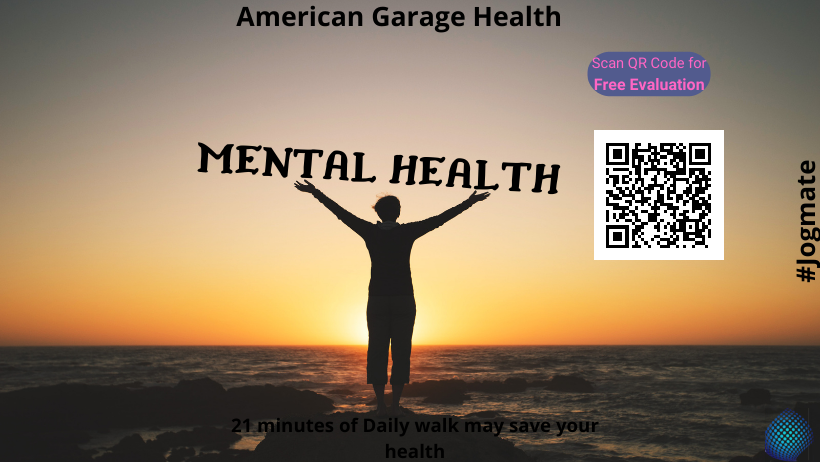The research, which was published in the journal Discover Mental Health, revealed that the risk of suicide mortality increased significantly after age 55.

The correlation between ambient light and body clocks and suicide was discovered by psychiatrists at Indiana University School of Medicine. According to a recent study, suicide deaths rise with the full moon. Psychiatrists at Indiana University School of Medicine examined suicide cases that occurred between 2012 and 2016 and discovered that there was a marked rise in suicide deaths during the full moon week.
The research, which was published in the journal Discover Mental Health, revealed that the risk of suicide mortality increased significantly after age 55.
According to Alexander Niculescu, PhD, of Indiana University School of Medicine, we wanted to analyse the hypothesis that suicides are increased during the period around full moons and determine whether high-risk patients should be followed more closely during those times. The months of September and 3 to 4 pm were shown to be the greatest times for suicides, according to the experts’ examination of the time of day and months where suicides occurred.
High risk individuals and effects of full moon
According to Alexander Niculescu, high-risk individuals may possibly be closely monitored throughout the full moon week, in the late afternoons, and possibly in September. The group had already created blood biomarker tests for pain and other bodily maladies, including anxiety, depression, and post-traumatic stress disorder.
The genes that control the body’s own internal clock, or so-called circadian clock, appear to be the biomarkers for suicidality that are more likely to predict suicide death during full moons, peak hours of the day, and peak months of the year compared to times outside of those periods. We also discovered that those with alcohol use disorder or depression may be more susceptible during these times using the biomarkers.
The expert noted that since ambient light has a significant impact on the body’s circadian rhythm, which is the normal 24-hour cycle our bodies follow to govern sleep-wake time, the moon’s brightness may be what causes the surge in suicides during that time.
The effects of ambient light and body clocks on suicide have been discovered by Alexander and his team, and they recommended further research in this area. When combined with other risk factors, he noted, changes in light can have an impact on vulnerable people.
The other two peak times for suicide are between 3 and 4 p.m., when the amount of light decreases and lesser levels of cortisol and circadian clock genes are produced. Since summer vacation is coming to an end and the amount of daylight is starting to diminish at that time of year, many people experience stress and SAD in September.
According to the study, there are brief periods of heightened suicide risk during the full moon, fall, and the late afternoon, especially for people with depression or alcohol use problems.